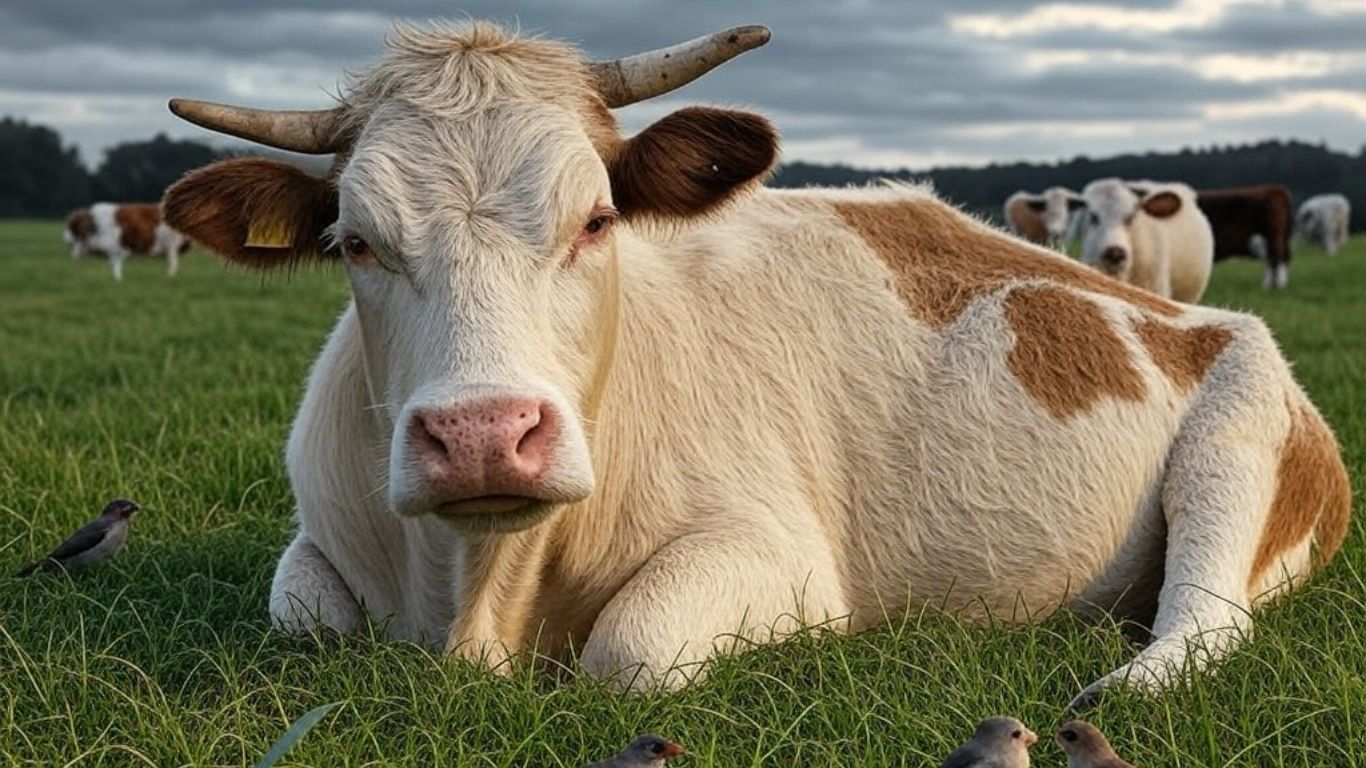California has declared a state of emergency to contain a worsening bird flu outbreak that has impacted over a quarter of the state’s dairies and infected 34 residents in the past month. This measure, announced by Governor Gavin Newsom, aims to equip government agencies with the resources needed to combat the virus’s rapid spread effectively.
Governor Newsom emphasized the importance of immediate action, stating:
“This proclamation is a targeted action to ensure government agencies have the resources and flexibility they need to respond quickly to this outbreak.”
Scale of the California bird flu outbreak
The outbreak has significantly affected California’s dairy industry, which is the largest in the United States. The state’s agriculture department has reported bird flu infections in 645 dairies, with approximately half of these cases emerging in the last 30 days.
The sharp rise in cases highlights the aggressive spread of the virus, raising concerns for public health and livestock safety across the state.
First Severe Human Case in Louisiana
In a related development, federal health officials have reported the first severe case of bird flu in Louisiana. The patient, who is over 65 years old with underlying health conditions, is currently hospitalized in critical condition. The infection was traced to contact with sick and dead birds in a backyard flock.
This marks a shift, as previous bird flu infections in the United States—over 60 cases since March—were largely mild and confined to farmworkers exposed to infected poultry or dairy cows.
Health Expert Warnings
Flu experts remain cautious about the virus’s trajectory in humans. Angela Rasmussen, a virologist at the University of Saskatchewan, highlighted the potential for more severe cases moving forward:
“We may see more cases of severe disease in the U.S. since cases seem to be growing more frequent.”
Experts recommend stringent safety measures for those handling infected animals, including:
- Wearing respiratory and eye protection
- Using gloves when handling poultry or sick birds
- Avoiding direct contact with infected or dead animals
Understanding Bird Flu and Its Impact
Bird flu, caused by the H5N1 virus, primarily affects poultry but can spread to humans through direct contact with infected animals. Extended exposure can lead to severe respiratory issues, particularly among individuals with weakened immune systems or pre-existing conditions.
Precautionary Measures for Farmers and Residents
To mitigate risks, health officials advise individuals working in poultry farms and dairies to:
- Maintain strict biosecurity measures on farms.
- Regularly disinfect equipment, clothing, and footwear.
- Monitor livestock for early signs of infection, such as unusual behavior or symptoms.
- Immediately report any suspicious illnesses in birds or humans to local health authorities.
Why Is California’s Dairy Industry at Risk?
California’s position as the leading dairy-producing state makes it particularly vulnerable to outbreaks. With large-scale farms and close animal interactions, infections can spread rapidly if not controlled. The virus’s persistence in both birds and livestock adds to the complexity of containing the outbreak.
Impact on the US Agriculture Sector
The outbreak has broader implications for the US agriculture sector:
- Economic Losses: Affected farms face disruptions in production, leading to revenue losses.
- Supply Chain Issues: Reduced dairy and poultry supply could lead to price fluctuations in the market.
- Worker Safety: Increased exposure risks for farmworkers demand immediate health interventions.
State and Federal Response
The state of emergency will allow California to:
- Deploy resources for immediate testing and containment.
- Enhance surveillance programs to track the spread of the virus.
- Provide support to affected farms and healthcare providers.
Meanwhile, the federal government is closely monitoring developments and coordinating with state agencies to ensure public safety.
The California bird flu outbreak represents a critical challenge for the state’s dairy industry and public health systems. With 645 dairies impacted and human cases on the rise, the state’s declaration of emergency is a proactive step toward containment.
Health officials and experts continue to urge residents—particularly those in contact with livestock or sick birds—to exercise extreme caution and follow recommended safety protocols. The trajectory of this outbreak remains uncertain, but coordinated efforts between state and federal agencies will be key to managing its impact.















